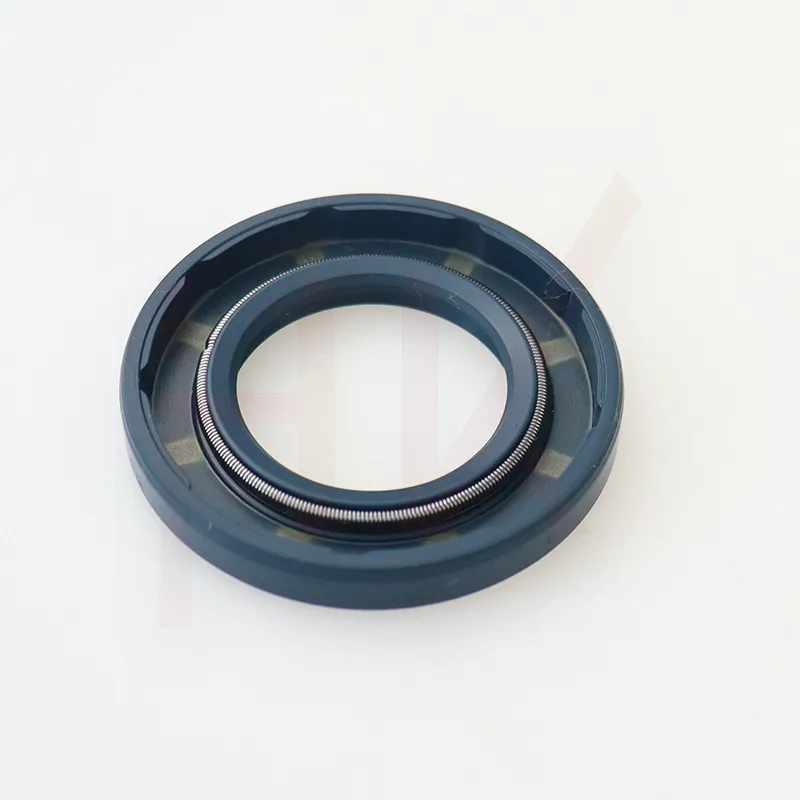ruj . 29, 2024 08:23 Back to list
Understanding the Function and Importance of Hydraulic Shaft Seals in Machinery
Understanding Hydraulic Shaft Seals An Essential Component in Fluid Power Systems
Hydraulic systems are critical in various industries, serving as the backbone for machines and equipment that require controlled force and motion. One of the essential components in these systems is the hydraulic shaft seal. These seals not only ensure the efficiency of the hydraulic systems but also play a vital role in maintaining the integrity and safety of operations. This article explores the importance, types, materials, and installation considerations of hydraulic shaft seals.
What is a Hydraulic Shaft Seal?
A hydraulic shaft seal is designed to prevent the leakage of hydraulic fluids while allowing rotational movement between the shaft and its corresponding housing. When hydraulic fluid is pressurized, it exerts force on various components, including seals. The primary function of hydraulic seals is to contain this fluid and prevent any escape, thus maintaining system pressure and efficiency.
Importance of Hydraulic Shaft Seals
Hydraulic shaft seals are crucial for multiple reasons
1. Leak Prevention By effectively sealing the shaft, these seals prevent hydraulic fluid loss, which can lead to decreased efficiency, increased operational costs, and environmental hazards due to leaks.
2. System Efficiency A well-functioning seal ensures that the hydraulic system operates under optimal conditions, maintaining the necessary pressure and flow required for efficient performance.
3. Protection Against Contaminants Seals help protect the hydraulic fluid from external contaminants, such as dust and debris, which could compromise the system’s efficiency and lifespan.
4. Safety Fluid leaks can pose safety hazards, potentially leading to accidents or equipment failures. Seals ensure that hydraulic systems operate safely within their design parameters.
Types of Hydraulic Shaft Seals
There are several types of hydraulic shaft seals, each suited for different applications
1. Static Seals These seals are used in stationary applications where there is no relative motion between the sealed surfaces.
2. Dynamic Seals These seals are designed for applications where there is relative motion, like shafts rotating within a housing. Dynamic seals are further categorized into various types, including lip seals, O-rings, and rotary seals.
3. Rod Seals Used in hydraulic cylinders, these seals prevent fluid leakage along the rod.
4. Piston Seals These seals function within the cylinder to prevent fluid from leaking between the piston and the cylinder wall.
hydraulic shaft seal

5. Wear Rings Although not a seal per se, wear rings help guide the piston or rod within the cylinder and reduce wear on the seals.
Materials Used in Hydraulic Shaft Seals
The choice of material for hydraulic shaft seals is critical to their performance. Common materials include
1. Nitrile Rubber (NBR) Known for its resistance to oils and fluids, NBR is often used in moderately high-temperature applications.
2. Polyurethane (PU) This material offers excellent wear resistance and is suitable for use in high-pressure environments.
3. Fluoroelastomer (FKM) Ideal for high-temperature and chemical resistance, FKM seals are used in harsher environments.
4. PTFE Teflon seals are known for their low friction and excellent wear properties, making them suitable for high-speed applications.
5. Silicone While not as common for hydraulic seals, silicone can be used in applications requiring flexibility and resistance to extreme temperatures.
Installation Considerations
The proper installation of hydraulic shaft seals is crucial for ensuring their effectiveness. Here are some important considerations
1. Surface Finish The shaft surface should be smooth to minimize wear on the seal. Any roughness can lead to premature sealing failure.
2. Alignment Ensuring that the shaft is correctly aligned with the housing is essential for preventing seal damage and ensuring optimal performance.
3. Lubrication It's often recommended to lubricate the seal before installation to reduce friction and wear upon startup.
4. Tools and Techniques Using the correct tools and techniques for installation is vital to prevent damage to the seal during the fitting process.
Conclusion
In summary, hydraulic shaft seals are indispensable components in hydraulic systems, ensuring leak prevention, system efficiency, and operational safety. Understanding the types, materials, and installation considerations of these seals can lead to improved performance and longevity of hydraulic equipment. Investing in the right seal for specific applications and adhering to best practices in installation can have a significant impact on overall system effectiveness.
-
TCN Oil Seal Metal Ring Reinforcement for Heavy Machinery
NewsJul.25,2025
-
Rotary Lip Seal Spring-Loaded Design for High-Speed Applications
NewsJul.25,2025
-
Hydraulic Cylinder Seals Polyurethane Material for High-Impact Jobs
NewsJul.25,2025
-
High Pressure Oil Seal Polyurethane Coating Wear Resistance
NewsJul.25,2025
-
Dust Proof Seal Double Lip Design for Construction Equipment
NewsJul.25,2025
-
Hub Seal Polyurethane Wear Resistance in Agricultural Vehicles
NewsJul.25,2025
-
The Trans-formative Journey of Wheel Hub Oil Seals
NewsJun.06,2025
Products categories
















